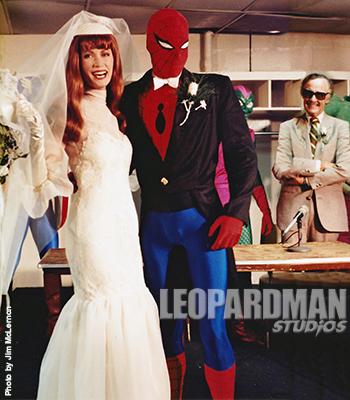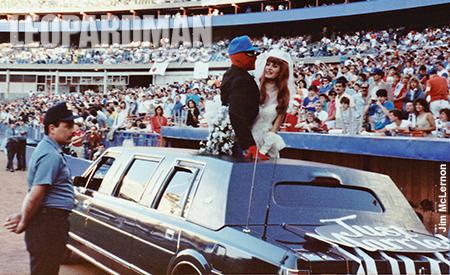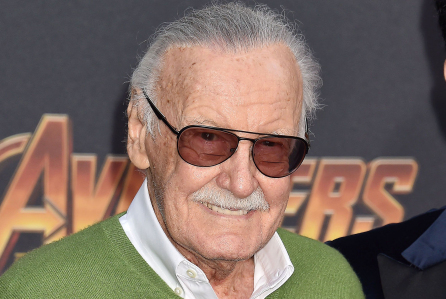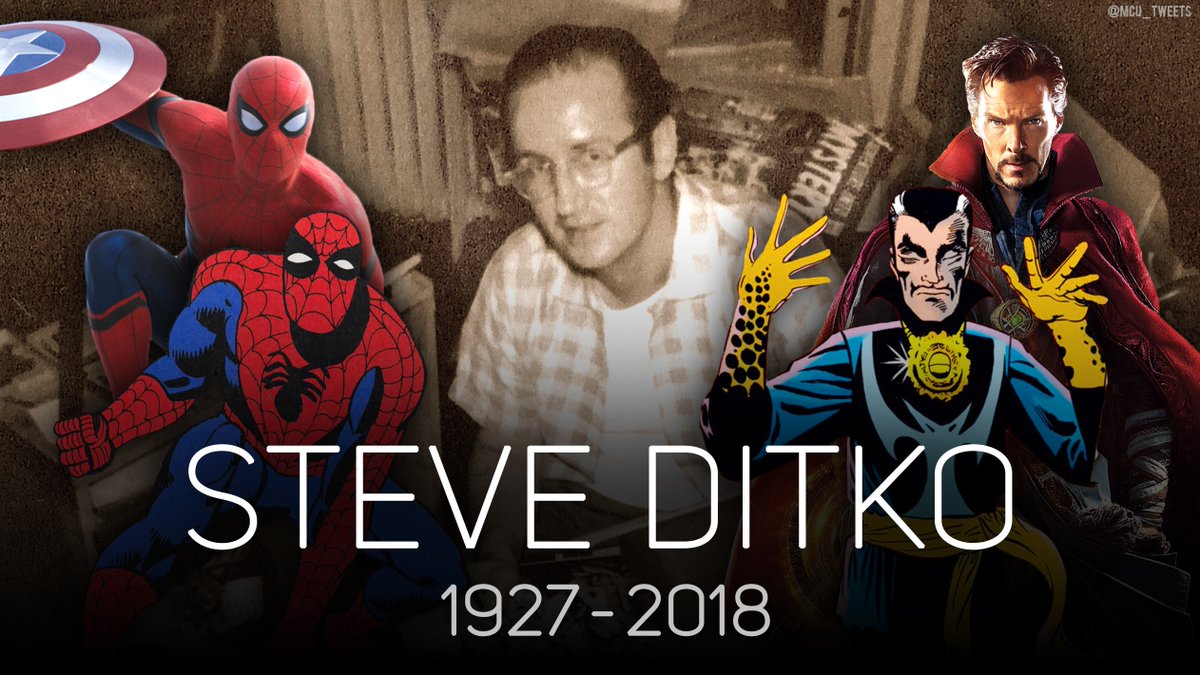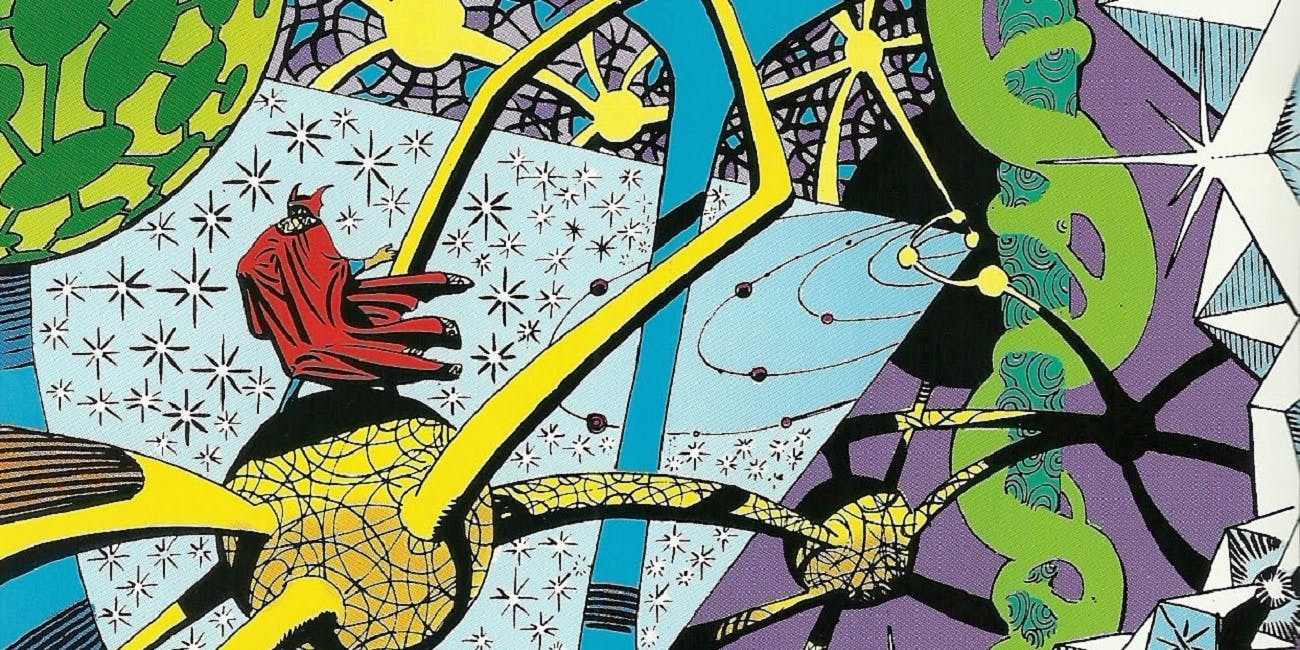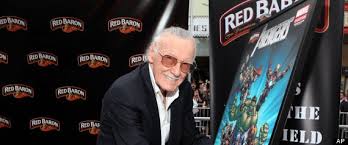
We’ve been expecting this for some time now given his frail age, but today’s sad news that Stan Lee passed away still hurts. Why? Because Stan the Man is a comic book legend and his influence not just in comic books, but in our culture resonates so powerfully. That may be a bit hyperbolic, but appropriate given Lee’s penchant for promoting the Marvel Comics superheroes he co-created.
Most of us know his biography better than our own. Born Stanley Martin Lieber in 1922, Stan Lee was introduced to the world of comic books when he began working for Timely Comics in 1939 and soon started writing for the company. Before long, he became an editor and worked on numerous titles and was quite prolific. During his tenure he came up with the pseudonym “Stan Lee” (a playful jib of his first name) because he wanted to use his real name when he got around to writing his Great American Novel. Although that never happened, what he created would have more of an impact in American pop culture than any old Great American Novel.

Eventually, Timely Comics morphed into Marvel Comics and in the early 1960s, Lee wanted to help boost sales for his company’s books. Seeing that the best-selling title in rival DC Comics was the superhero team book Justice League of America, he decided to create Marvel’s own superhero team. He teamed with his longtime collaborator, artist Jack Kirby, to create the Fantastic Four, thus the Marvel Age of Comics was born.
Comes the Marvel Age
From there, Lee and Kirby quickly grew the Marvel Universe and introduced such iconic characters and teams like the Hulk, the Avengers, Black Panther, Thor, Silver Surfer, Iron Man and the X-Men. Lee also worked with other artists, which resulted in his greatest creation and contribution to pop culture. That being Spider-Man, who he co-created with Steve Ditko.

What set his creations apart from traditional, square-jawed superheroes was that the Marvel heroes were flawed and relatable. This was best seen with Spider-Man, who broke the mold of a superhero, and was Lee’s favorite character. His alter ego, Peter Parker, was an insecure everyman type who like us had to grapple with real-life, ordinary problems like paying the rent or trying to get a date. It seemed like the more Spider-Man won a battle, the more Peter would lose a war in his personal life. Other superheroes and even the supervillains were just as conflicted and dimensional.
Lee’s books introduced novel concepts and explored themes of bigotry and social strife and issues as seen with The X-Men and The Amazing Spider-Man. His works also ushered in more diverse characters such as Black Panther, the first black superhero, and Daredevil, a disabled superhero. Readers reacted positively to these innovative comic books and the result was that Marvel Comics exploded into the pop scene.

Lee’s bombastic personality and prolific writing helped promote the books. During his time as editor and editor-in-chief, Lee helped create the “Marvel Method” of creating comics that would become controversial when it came to designate whom was actually responsible for Marvel’s success. Being that he was writing so many titles and pressed for time, Lee would come up with a basic plot and pass it on to the artists. They in turn would flesh out the stories and when they were done, Lee would add the snazzy dialogue.
Over time, many artists were irked over the growing perception from the outside world that Lee was solely responsible for Marvel’s success. This would eventually cause Kirby and Ditko to leave Marvel. They went on to work on their own creations but looking at their post-Lee work it is easy to see how much of an impact Lee had in the Marvel works since the artists’ solo efforts lacked the pizzazz and sharpness that Lee’s dialogue added.

As the so-called Marvel Age of Comics began, the superheroes became a large part of popular culture when the heroes appeared in cartoons and were featured in merchandising. As this went on, Marvel’s biggest spokesperson and cheerleader continued to be Stan Lee himself. He always came off as energetic and jovial in interviews, appearances, and his column, which appeared in Marvel Comics. Often his posts were lettered with his memorable one-liners like “Face front, true believers!” “’Nuff said!”, and “Excelsior!”.
Marvel Mascot
Eventually, Lee stepped down from his day-to-day writing and editing duties at Marvel and took on the ambassadorial role for Marvel full time. During this period, the 1970s and 1980s, Lee worked to bring the Marvel heroes to live-action medium. The results were not great with many movie projects stalling out and TV efforts being sub-par, although The Incredible Hulk was well received. Regardless, his efforts paved the way for the later success of Marvel films years later.
Still, Lee would continue to write when time permitted and penned several comics for Marvel and even did a notable stint for DC Comics where he re-imagined heroes like Superman, Wonder Woman and Batman.

In recent years, Lee’s status and standing with fans grew and grew as he embraced his role as a mascot for all things Marvel. These were best seen with his numerous cameos in Marvel films like Iron Man, Guardians of the Galaxy, Vol. 2, the Spider-Man films, and the Captain America films. Many of these appearances were crowd-pleasing scene stealers.
By this time, Marvel and comic books grew out of their niche and became a prominent part of our culture. The phenomenal success of superhero films and the cultural presence of superheroes can be attributed to Lee’s efforts.
As we look back fondly on Stan Lee, it is best to keep in mind that while we mourn him, it’s best that we continue to celebrate what he has created. For truly his works will endure for generations to come.

Thanks, Stan. Rest easy now.
Excelsior!
José Soto






